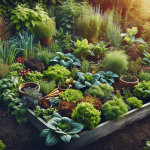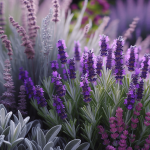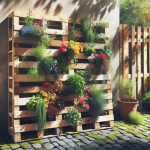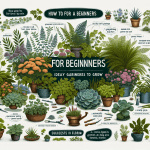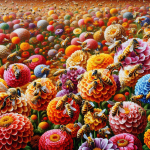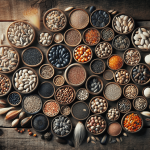This post may contain affiliate links. As an Amazon Associate, we may earn commissions from qualifying purchases.
Have you ever wondered how plants manage to stay hydrated even in the scorching heat? In the article “How Do Plants Regulate Water Loss Through Transpiration, And What Strategies Can Be Employed In Garden Design To Optimize Water Use Efficiency?”, you’ll discover the marvelous mechanisms plants use to control water loss through a process called transpiration. You’ll also explore innovative gardening strategies that can help you make the most of every drop of water, ensuring your garden stays lush and vibrant while conserving this precious resource. Get ready to dive into the fascinating world of plant science and sustainable gardening! Have you ever wondered how plants manage to stay hydrated despite their continuous exposure to the sun and varying weather conditions? The answer lies in the process of transpiration. Understanding this natural phenomenon and leveraging it in garden design can help optimize water use efficiency, ensuring your garden thrives while conserving water.
Understanding Transpiration
Transpiration is the process by which plants lose water vapor through their leaves. This mechanism plays a crucial role in their growth and development, affecting everything from nutrient uptake to temperature regulation.
The Role of Stomata
Stomata are tiny openings on the surface of leaves that regulate gas exchange. During transpiration, these pores open to allow water vapor to escape and carbon dioxide to enter for photosynthesis. While essential, this function also leads to significant water loss.
- Open Stomata: Facilitates gas exchange, allowing for photosynthesis and cooling.
- Closed Stomata: Reduces water loss but limits gas exchange, affecting photosynthesis.
| Stomata State | Function | Impact on Plant |
|---|---|---|
| Open | Gas exchange, Cooling | Increased photosynthesis, Water loss |
| Closed | Conserves water | Reduced photosynthesis, Risk of overheating |
Factors Affecting Transpiration Rates
Several factors influence how quickly plants lose water, and understanding these can help you optimize your garden’s water efficiency.
- Temperature: Higher temperatures increase transpiration rates.
- Humidity: Lower humidity levels accelerate water loss.
- Wind: Windy conditions enhance the rate of transpiration.
- Soil Moisture: Well-hydrated soil supports higher transpiration rates.
Why Transpiration is Essential
Despite the water loss, transpiration is vital for plants. Here’s why it matters:
- Nutrient Transport: Helps in the upward movement of nutrients from the soil.
- Cooling Mechanism: Regulates plant temperature.
- Gas Exchange: Essential for photosynthesis and respiration.
Balancing Act
Plants must balance the benefits and drawbacks of transpiration. Efficient water regulation is crucial, especially in drought-prone areas.
Transpiration = Benefit of Nutrient Transport and Cooling – Cost of Water Loss
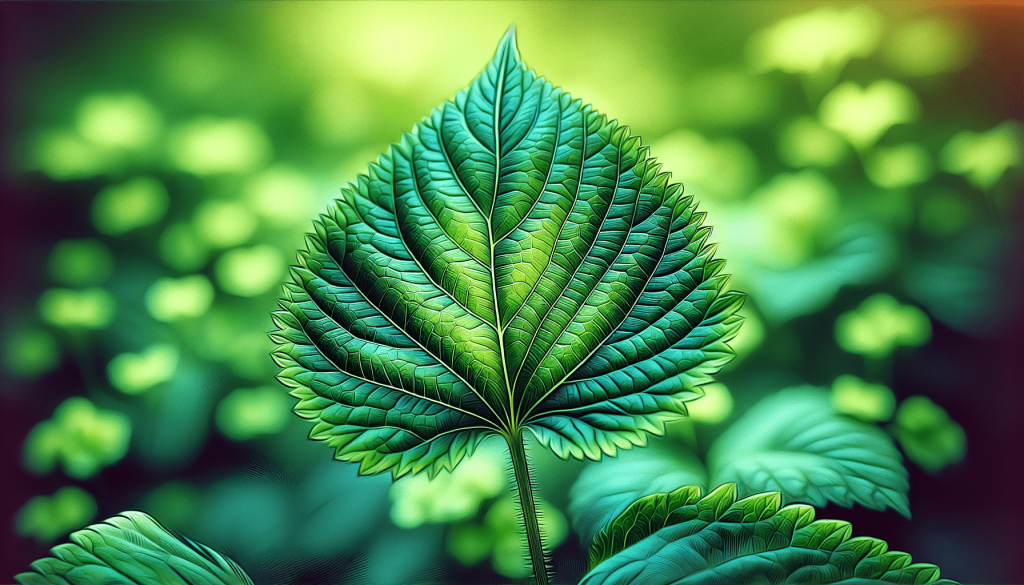
Strategies to Optimize Water Use in Gardens
Understanding how plants regulate water loss empowers you to design a garden that maximizes water use efficiency. Here are practical strategies to get you started.
Selecting Drought-Resistant Plants
Opt for plants that are naturally adapted to low-water conditions. These plants typically have features like deep root systems, thick leaves, or waxy coatings that reduce water loss.
Example Plants
| Plant Name | Description |
|---|---|
| Lavender | Aromatic and thrives in dry conditions. |
| Succulents | Stores water in leaves; low maintenance. |
| Sage | Drought-tolerant, attractive foliage. |
Mulching
Applying mulch to your garden beds can significantly reduce water evaporation from the soil. Organic mulches like straw or wood chips can also improve soil health as they decompose.
- Benefits: Conserves moisture, suppresses weeds, adds nutrients.
- Application: Apply a 2-3 inch layer of mulch around plants.
Drip Irrigation
Drip irrigation delivers water directly to the plant’s root zone, minimizing evaporation losses. This method is more efficient than traditional sprinklers.
- Benefits: Reduces water waste, targets specific plants, conserves soil moisture.
- Installation: Set up a network of tubes with emitters at each plant base.
Using Native Plants
Native plants are adapted to local climate conditions and typically require less water. They also attract native wildlife, promoting biodiversity.
- Pros: Low maintenance, water-efficient, supports local ecosystems.
- Examples: Depending on your region, research and choose suitable native varieties.
Soil Management
Healthy soil retains moisture better. Incorporating organic matter like compost can enhance soil structure and its water-holding capacity.
- Benefits: Improves water retention, provides nutrients, promotes healthy root growth.
- Methods: Regularly add compost, avoid compacting the soil, practice crop rotation.
Advanced Techniques for Water Conservation
To further enhance water use efficiency, consider these advanced gardening techniques.
Rainwater Harvesting
Collecting rainwater for garden use is an environmentally friendly way to reduce water consumption. Set up rain barrels to capture runoff from your roof.
- System Setup: Install gutters, downspouts, and storage barrels.
- Benefits: Provides a free water source, reduces municipal water use, environmentally sustainable.
Greywater Systems
Recycling greywater from household sources (like sinks and showers) for irrigation can significantly cut down on water waste.
- Implementation: Install a greywater system to direct used water to your garden.
- Advantages: Reduces freshwater use, helps manage wastewater.
Xeriscaping
Xeriscaping is a landscaping method designed to reduce water usage. It involves using drought-tolerant plants, efficient irrigation, and strategic plant placement.
- Principles:
- Plan and design landscapes carefully.
- Use plants that thrive in drought conditions.
- Efficient irrigation practices.
- Benefits: Minimizes water requirements, low maintenance, sustainable.
Smart Irrigation Systems
Modern technology offers “smart” irrigation systems that adjust watering schedules based on weather conditions and soil moisture levels.
- Features: Automated scheduling, remote control, weather-based adjustments.
- Benefits: Maximizes efficiency, prevents over-watering, conserves water.
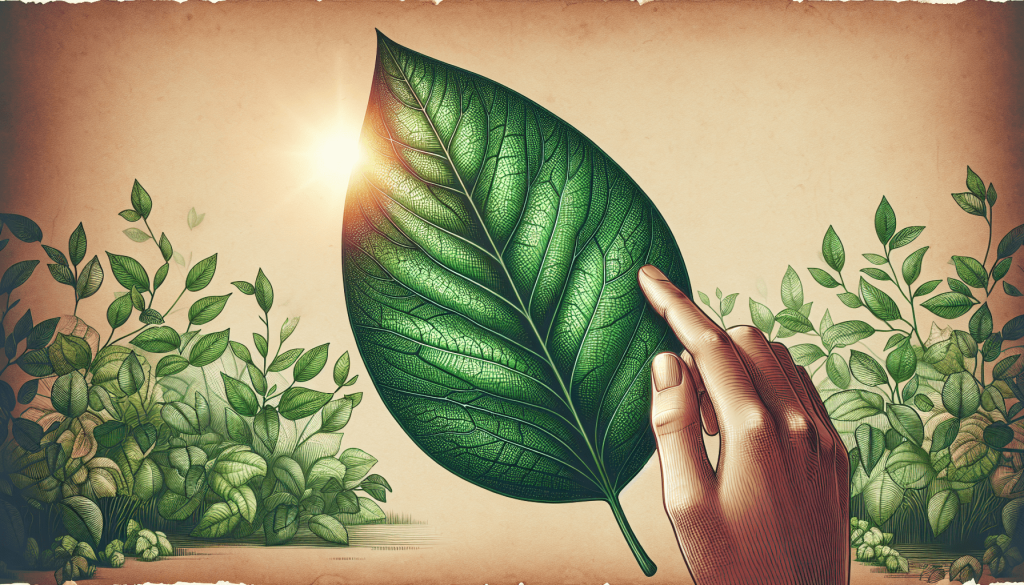
Practical Tips for Daily Garden Care
In addition to the larger strategies, everyday practices can also contribute to optimizing water use in your garden.
Watering Techniques
Water your garden during the cooler parts of the day (early morning or late evening) to reduce evaporation.
- Method: Deep, infrequent watering encourages deeper root growth.
- Tools: Use soaker hoses or watering cans for targeted irrigation.
Plant Maintenance
Regularly prune your plants to remove dead or excess foliage. This reduces water demand and promotes healthier growth.
- Pruning Benefits: Enhances plant shape, reduces transpiration, prevents disease.
- Frequency: Follow specific plant guidelines, generally in spring or fall.
Container Gardening
If space is limited, container gardening can be an efficient option. Containers can be moved to shaded areas and receive precise watering.
- Benefits: Controlled environment, easy to manage, water-efficient.
- Tips: Choose well-draining pots, use quality potting mix, add mulch on top.
Addressing Common Challenges
Even with careful planning, you may face some challenges in maintaining water-efficient gardens. Here’s how to tackle them.
Dealing with Pests
Pests can cause significant water loss by damaging plant tissue. Employ organic pest control methods to keep them in check.
- Solutions: Introduce beneficial insects, use neem oil or insecticidal soap, maintain garden hygiene.
Managing Soil Drainage
Poor drainage can lead to waterlogged roots, reducing plant health and water efficiency. Ensure your soil drains well by incorporating sand or perlite.
- Tips: Test soil drainage, amend soil with organic matter, use raised beds if necessary.
Seasonal Adjustments
Water needs change with the seasons. Adjust your watering schedule and plant care routines according to the weather conditions.
- Summer: Increase monitoring, use shade cloth if necessary.
- Winter: Reduce watering, protect plants from frost.
Conclusion
Understanding how plants regulate water loss through transpiration opens the door to creating a more water-efficient garden. By selecting the right plants, employing mulching and drip irrigation, managing your soil, and using advanced techniques like rainwater harvesting, you can optimize water use and ensure a healthy, thriving garden. Incorporating these strategies not only conserves water but also promotes a sustainable gardening practice that benefits both you and the environment. Happy gardening!

